The weight and the travel freedom attached to a passport vary drastically across nationalities. International visa-regulations are very complex and often non-transparent. They reflect the economical and geopolitical situations as well as the relationships of countries.
This interactive experiment aims to cast some light on these structures and make it easy to find out which countries an individual of a certain nationality can travel to without a visa or with visa on arrival.
I wanted to create an intuitive and instant way to find out how many countries a certain national can travel to without a visa or with visa on arrival – and which nationals can enter a certain country without a visa.
The web application also features a responsive design and directly works on any iOS device (iPhone/iPad) running iOS 8 or newer and on recent Android versions.
The interactive map is programmed using D3.js and Three.js; the visa data are pulled from Wikipedia in regular intervals.
Online application:
https://www.markuslerner.com/travelscope/

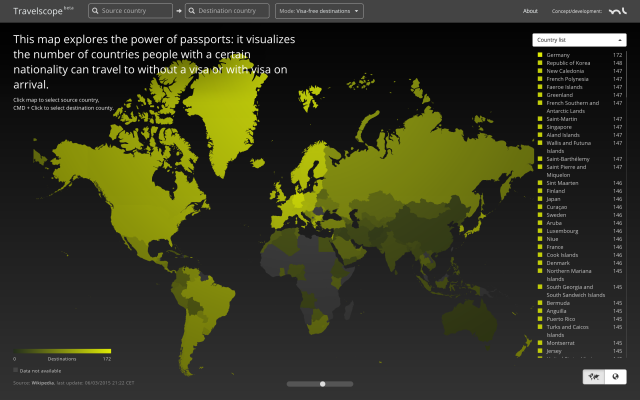
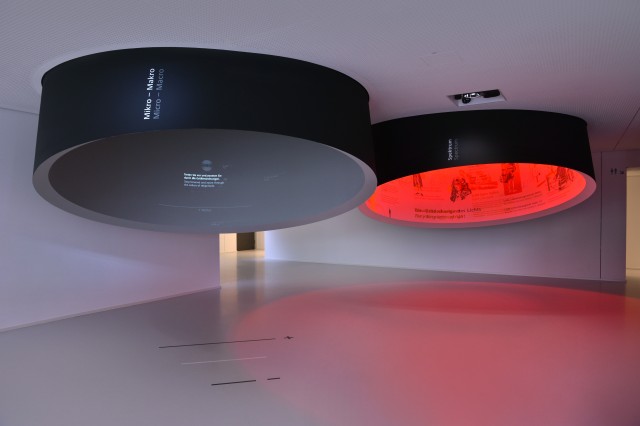
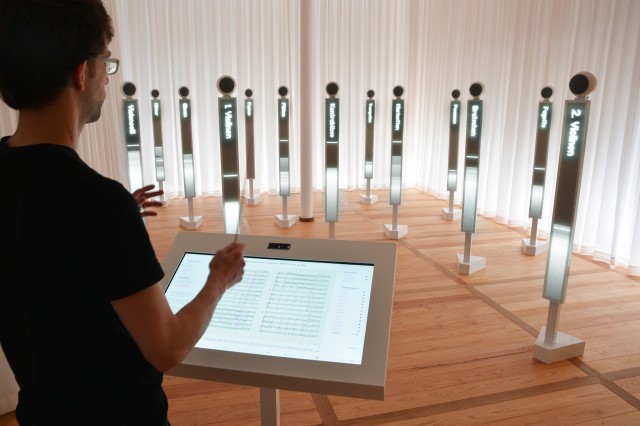
 At the 2012
At the 2012  The
The 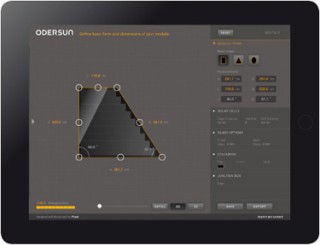
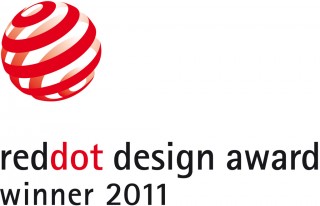 The
The 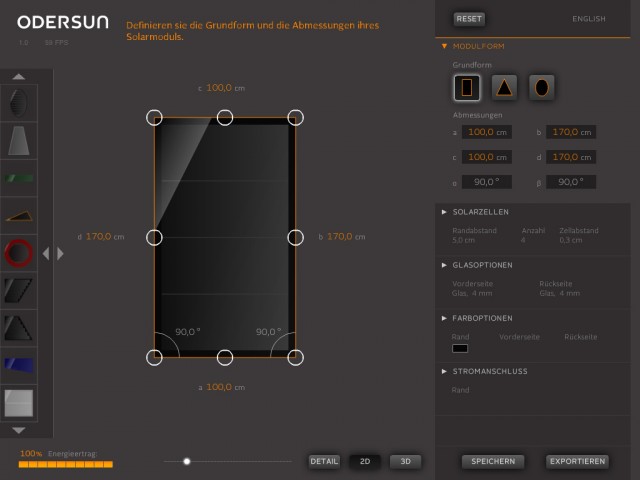
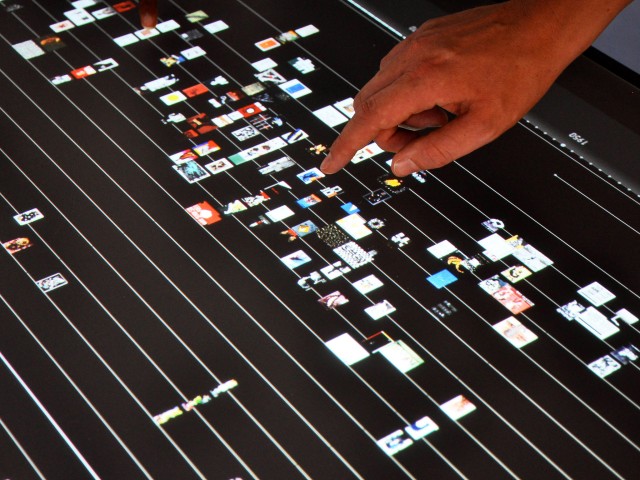
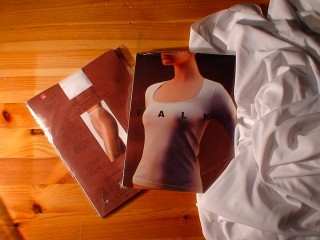 I’m planning to cover the metal wire construction with a soft white fabric, that has good extension properties. I found three materials which are currently in the competition. From left to right, gaining in opacity: women’s stockings, a body suit and swimming fabric. Lets see which one is going to make it.
I’m planning to cover the metal wire construction with a soft white fabric, that has good extension properties. I found three materials which are currently in the competition. From left to right, gaining in opacity: women’s stockings, a body suit and swimming fabric. Lets see which one is going to make it.